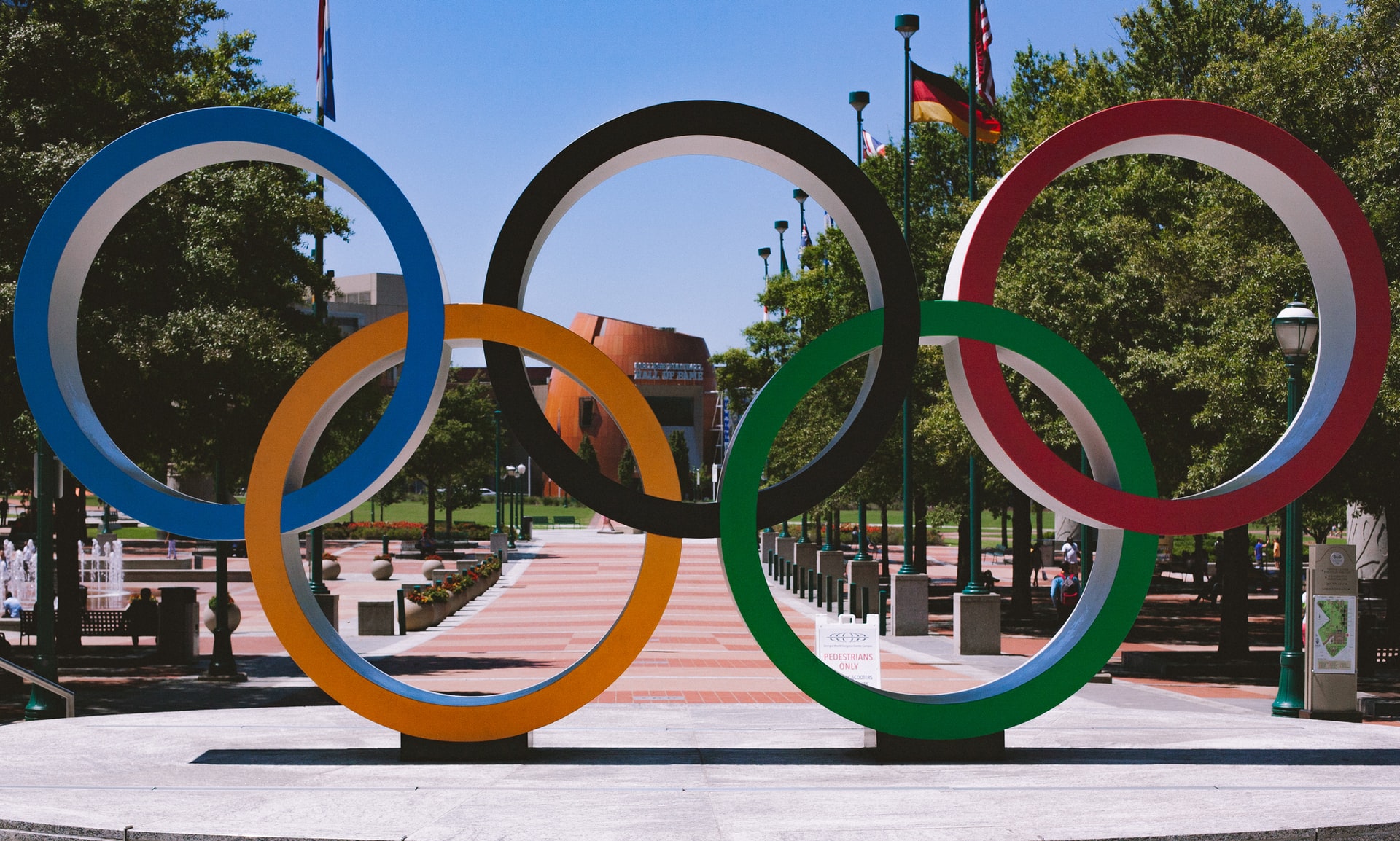How The Tokyo Olympics Changed the Game with Sustainability Efforts

As athletes from around the world go for the gold, the Tokyo 2020 Olympic Committee is going for the green. It is no surprise that hundreds of thousands of people traveling to a city for a couple of weeks at once has the potential to have a massively adverse impact on the local environment. However, to counter these repercussions, this year’s Olympics are backed by a sustainability plan across different categories such as waste, emissions, and preserving the natural environment.
Waste
Following the mantra “waste not, want not,” the Tokyo 2020 Olympics has set a resource management plan based on the 3 R’s (reduce, reuse and recycle) to aim for zero waste. Many of the most iconic parts of the games have been produced from recycled materials. For example, the medals have been created from electronics collected from all over Japan. Even the Olympic Torch was forged from recycled aluminum originating from the piping in the temporary housing after the earthquake and tsunami in 2011.
This year, the Olympic podiums are made from collected plastics from the general public. Beyond the games themselves, efforts are being made throughout the Olympic village. The fabled “anti-sex” cardboard beds were actually designed to encourage a zero-waste lifestyle, rather than a zero-sex one.
@olympics Please understand. 🙏🏻 #Olympics #Sustainability #TokyoOlympics #OlympicSpirit
♬ Dville Santa x Laboratory o – 𝙅𝙪𝙨𝙩𝙞𝙣
This same closed-loop mindset extends to daily use items such as food and packaging. The committee is dedicated to the reduction of packaging materials and plans to use all edible parts of food items. They are also considering the life of goods after the games by claiming a 99% reuse of procured items and goods, including buyback programs and recycling at least 65% of wastes generated from operations of the Games.
Emissions
With the increase of people in Tokyo and the needed infrastructure, pollution becomes a big concern. One way of combating emissions is the use of existing venues, which prevents CO2 produced from construction in addition to the emissions of extra buildings. This also connects back to reduced waste, as venues made specifically for the Olympics in the past can be deserted and left unused after the games. Additionally, within the venues and associated areas, they are dedicated to using renewable energy, primarily solar, resulting in 100% renewable electricity. Lastly, any unavoidable carbon emissions will be mitigated by The Carbon Offset Programme.
Natural Environment
Japan is home to a high amount of biodiversity and native species, especially in the surrounding oceans. Despite being an epicenter of the urban world, Tokyo is no exception. Because of this, the Tokyo 2020 games are taking steps to cultivate harmony between the infrastructure and the natural environment. As water is so important to the culture and natural landscape of Japan, they are being intentional in their water use by prioritizing rainwater and recycled water. To respect and acknowledge the native and already existing vegetation, the greenery already in place is being protected. Native species are used exclusively in greening and decoration venues.

The 2020 Tokyo Olympics are aiming for a system of harmony between nature and mass human activity. While the games have importance for the local communities, the global nature of these events also sends a message to the rest of the world. On their sustainability page, they describe the intended takeaway from their endeavors stating that “these efforts would contribute to the realization of a model of a new mature city in which the activities of citizens would improve the urban environment which would keep developing into the future.” Hopefully, the sustainable plans of the Games can serve as an example of the ability of humans and nature to coexist in a mutually beneficial relationship and bring the world together in pursuing this reality.


Leave a Reply